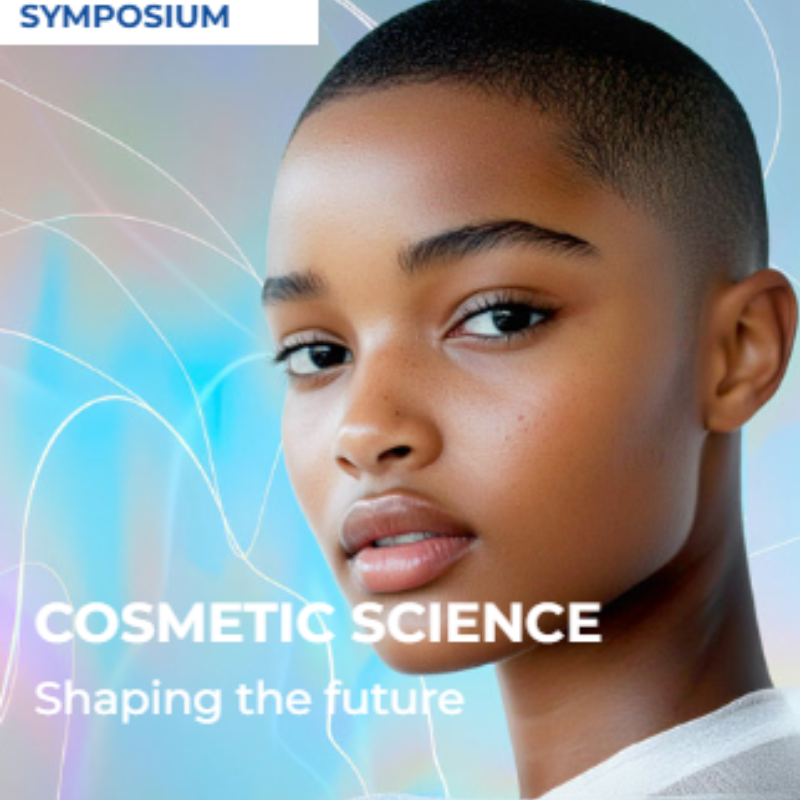By Alena Roessle, Martina Kerscher
Abstract
Objective
The influence of skin quality (SQ) on perceived attractiveness and skin health has been studied extensively. An international consensus has identified four “emergent perceptual categories” (EPCs) for SQ, which are linked to specific parameters. However, there is currently a lack of data on how these parameters correspond objectively with age in facial and nonfacial skin. This study aims to investigate the impact of age on the EPC skin glow and to establish objective reference ranges for five distinct age groups.
Methods
A cohort of 300 Caucasian women, aged 20–69 years, was divided into five age groups. Skin glow was evaluated by measuring melanin (MI), erythema index (EI), and gloss diffuse scattering correction (DSC) value. The parameters were assessed with a Mexameter and a Skin‐Glossymeter (Courage+Khazaka electronic GmbH, Cologne, Germany) on five areas: the forehead, cheek, neck, décolleté, and the back of the hand.
Results
A moderate positive correlation was observed between age and EI for the neck. Low correlations were identified for the neck (MI), décolleté (EI, gloss DSC), and hand (MI, EI, and gloss DSC). No correlations were found between age and the EI, MI, and gloss DSC parameters in the facial areas, nor for gloss DSC in the neck and MI in the décolleté.
Conclusion
Age‐related changes in nonfacial areas, particularly the neck, highlight its potential as a reference site for skin assessment in Caucasians. Reference ranges could guide treatments for detractors like erythema and pigmentation. Future studies should consider external influences to refine intervention strategies.





